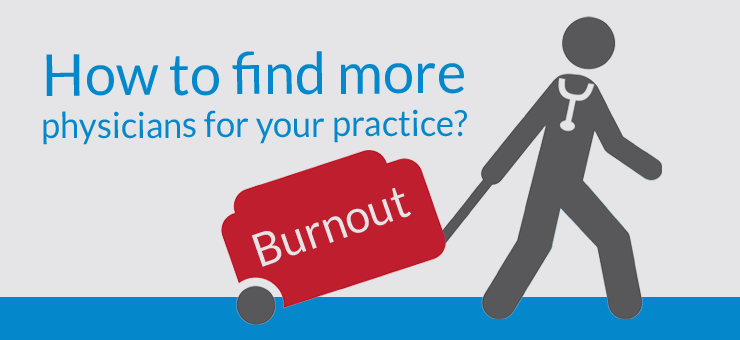The best doctor is the one you run to and can’t find
The healthcare industry has gone through an enormous transformation in this decade, and the metamorphosis shows no signs of slowing down. However, with an ever increasing number of Americans acquiring health insurance, along with the retirement of the highly productive baby boomers, a growing trend of specialization in particular fields of medicine and several other key factors, the country’s relatively constrained number of doctors are finding it extremely difficult to cope with the seemingly infinite demand for their services.
The highly publicized Veterans Affairs (VA) Scandal earlier this year, in which more than 30 veterans died while waiting for healthcare, was a harsh reminder of the gravity of the situation. Even more alarming is the prevalent belief that the situation, particularly with respect to the shortage of primary care physicians, may further deteriorate in the coming years, despite the government’s efforts via Obamacare.
Having said this, history has shown us that necessity is the mother of invention. There are always obstacles, but there are always multiple ways to overcome each of them as well. Providers have used technology to identify various techniques that, despite limited resources, enhance the way they care for patients. Using these simple techniques, you can reform the daily operations of your practice and ensure that you attend to more patients each day, and do so more effectively.
Virtual care – Many in-person appointments are unnecessary and can be avoided. Telephone and email are two mediums through which such appointments can be attended to. For example, you can use patient portals to send a patient post-examination email on his condition, etc. In order to limit the need for in-person appointments, you can ask your front desk to convey certain information to patients by phone thereby saving time, which in turn will allow you to attend to more patients.
Furthermore, iPhone apps such as those which monitor heart rates, benefit both parties, as such apps, sensory devices and other portable developments, allow patients to communicate their status to their doctor from almost anywhere.
Electronic Medical records (EMR) Software – Automated medical records have become a necessity for physicians. By switching to these, you’ll realize that a lot of time spent on unnecessary communication with patients can be saved, as the mechanisms in these systems allow patients to access their clinical visit summaries, lab results, and other information online.
Delegating data collection – Numerous providers are already using such solutions to transform the clinical operations of their practices, however data entry and collection remains a problem for several of them. If you’re a physician with a similar problem, train your nurses, assistants and other staff to help you in this process.
Imagine that a patient walks in to your practice. Wouldn’t it be great if the receptionist or AI receptionist took his basic information and sent him to the nurse who entered all information about his vitals and other demographics? When the patient would finally walk into the exam room, you’d have that information on your computer screen beforehand, and could get straight to the diagnosis. Life would be a lot simpler, no?
Hiring vs. salaries – While you probably agree that delegating makes sense, you’re may be wondering if the added costs in the form of salaries would be worth the effort. Even if your practice is small, if the added staff members are utilized well and according to their strengths, they will translate into growth for your practice. The apt performance of tasks by these “extra” workers will translate into more care provided every day, and if you multiply that by 365 you’ll see that the benefits are only a fraction of the costs.
The patient load might seem overwhelming, but the rapid rate of advancements in technology mean that you are more than capable of meeting this challenge, and taking your practice to new highs in the process.

Join the Discussion!